THE INTRICATE WORLD OF WATCHES: UNDERSTANDING THEIR FUNDAMENTAL COMPONENTS AND THEIR SIGNIFICANCE
August 31st, 2024


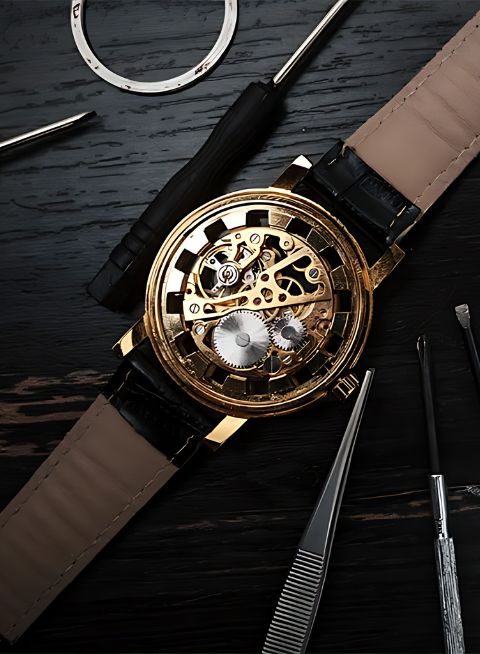
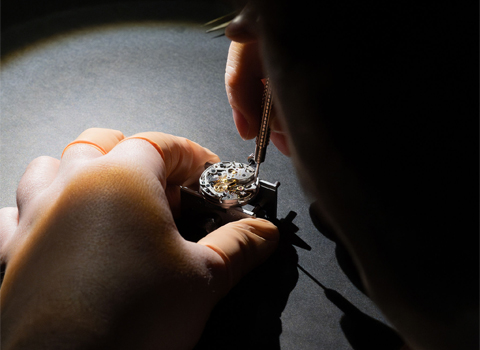
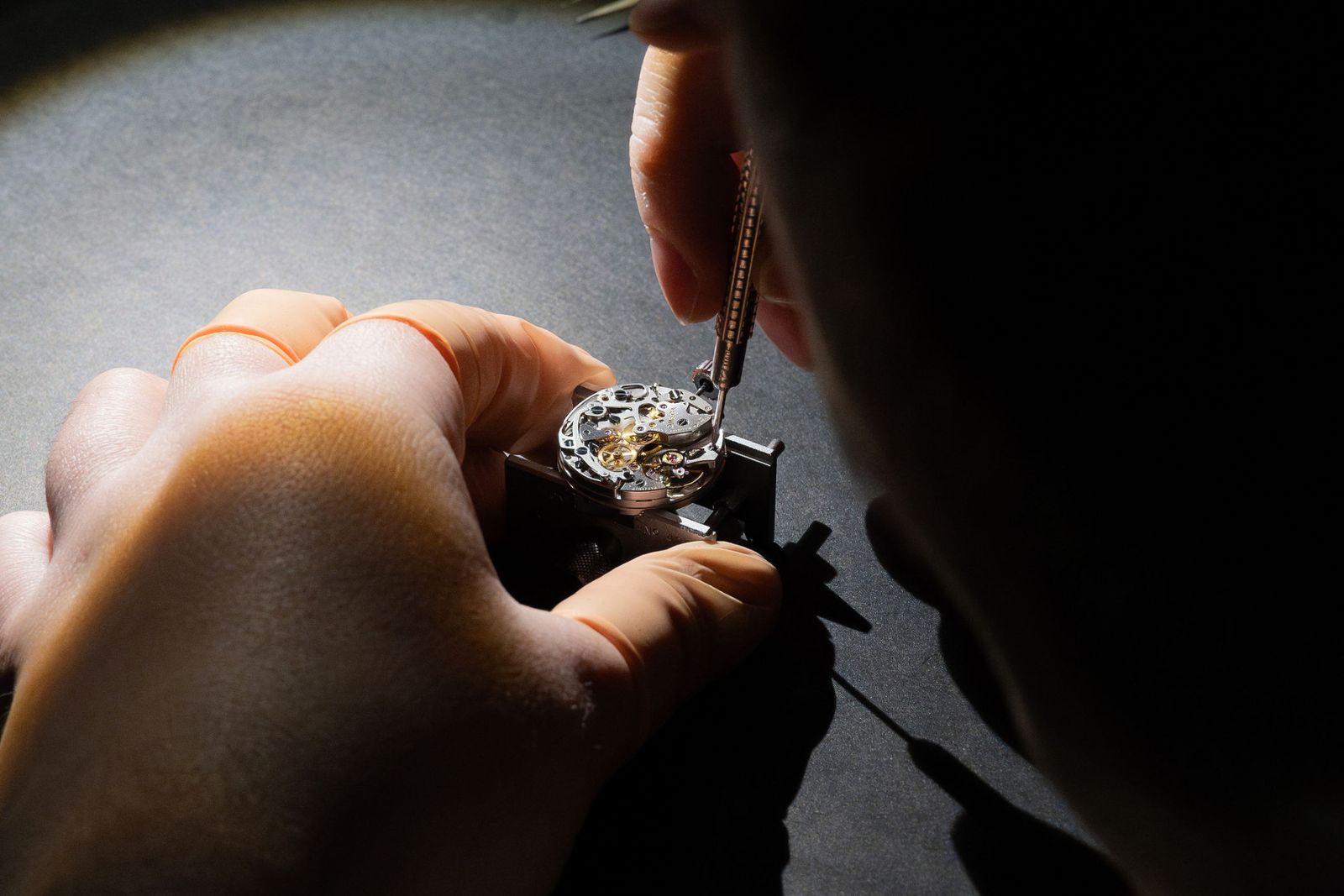

the movement: The core of the watch
The movement, often referred to as the "calibre" of the watch, is arguably the most critical component. It drives the watch's hands and powers complications like chronographs, calendars, and moon phases. There are three main types of movements: mechanical, automatic, and quartz.
Mechanical Movement: Powered by a wound spring, this movement is a hallmark of traditional watchmaking. Its intricate design requires skill and precision, and collectors favour it for its craftsmanship and the tactile experience of winding the watch.
Automatic Movement: An evolution of mechanical movement, the automatic movement winds itself through the natural motion of the wearer's wrist. It's a fusion of convenience and tradition, offering the allure of mechanical watches without manual winding.
Quartz Movement: Powered by a battery, quartz movements are known for their accuracy and low maintenance. Due to their reliability and affordability, they are a common type of movement in modern watches.
THE CASE: THE PROTECTIVE COVER OF THE WATCH
Stainless Steel: The most common material, stainless steel, is prized for its durability, corrosion resistance, and timeless appeal. It strikes a balance between functionality and style.
Titanium: Lighter than stainless steel, titanium offers a modern look and is hypoallergenic, making it ideal for people with sensitive skin.
Ceramic: Known for its scratch resistance and sleek appearance, ceramic is a material that combines modern aesthetics with practicality.
Precious Metals: Gold, platinum, and other precious metals are used in luxury watches to add value and prestige. These materials are often chosen for their elegance and the status they confer on the wearer.
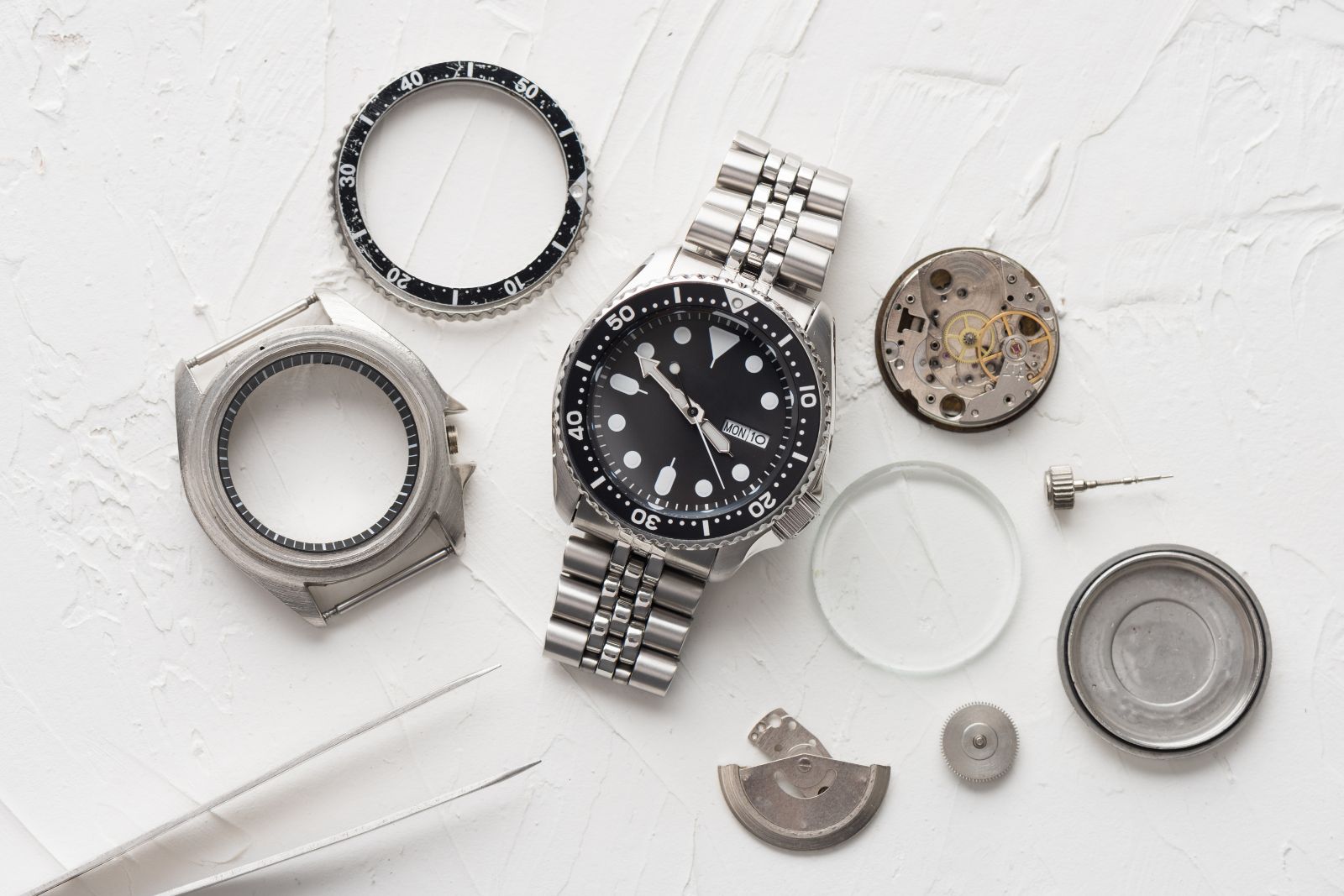

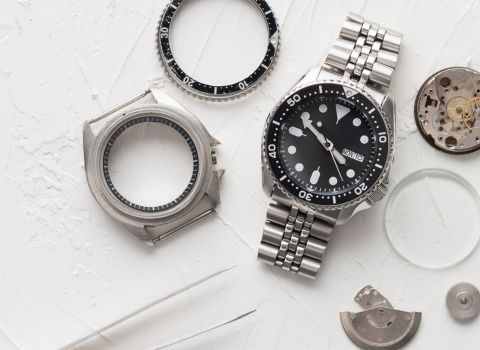



THE DIAL: THE WATCH'S FACE
The face of the watch is typically the first thing people see. It shows the time and contains additional features such as date displays, sub-dials, and tachymeters. The dial's design may vary from uncomplicated and understated to elaborate and highly intricate.
Hands: The hands indicate the time and are usually made from metals like steel or gold. The style and finish of the hands can significantly influence the watch's overall look.
Indices: These are the markers on the dial that indicate the hours. They can be simple lines, numbers, or even intricate designs made from precious materials.
Complications: Any function beyond simple time-telling is considered a complication. Chronographs, moon phases, and dual time zones are just a few examples. Each adds both functionality and complexity to the watch.
THE CRYSTAL: THE WATCH'S WINDOW
The crystal is the transparent cover that protects the dial and hands. The type of crystal used can affect the watch's durability and readability.
Sapphire Crystal: The most scratch-resistant option, sapphire crystal is almost as hard as diamond and is often used in high-end watches.
Mineral Crystal: More affordable than sapphire, mineral crystal offers decent scratch resistance and is used in mid-range watches.
Acrylic Crystal: A plastic-based option, acrylic crystal is the most affordable and the most prone to scratches. However, it's also the easiest to polish and repair.
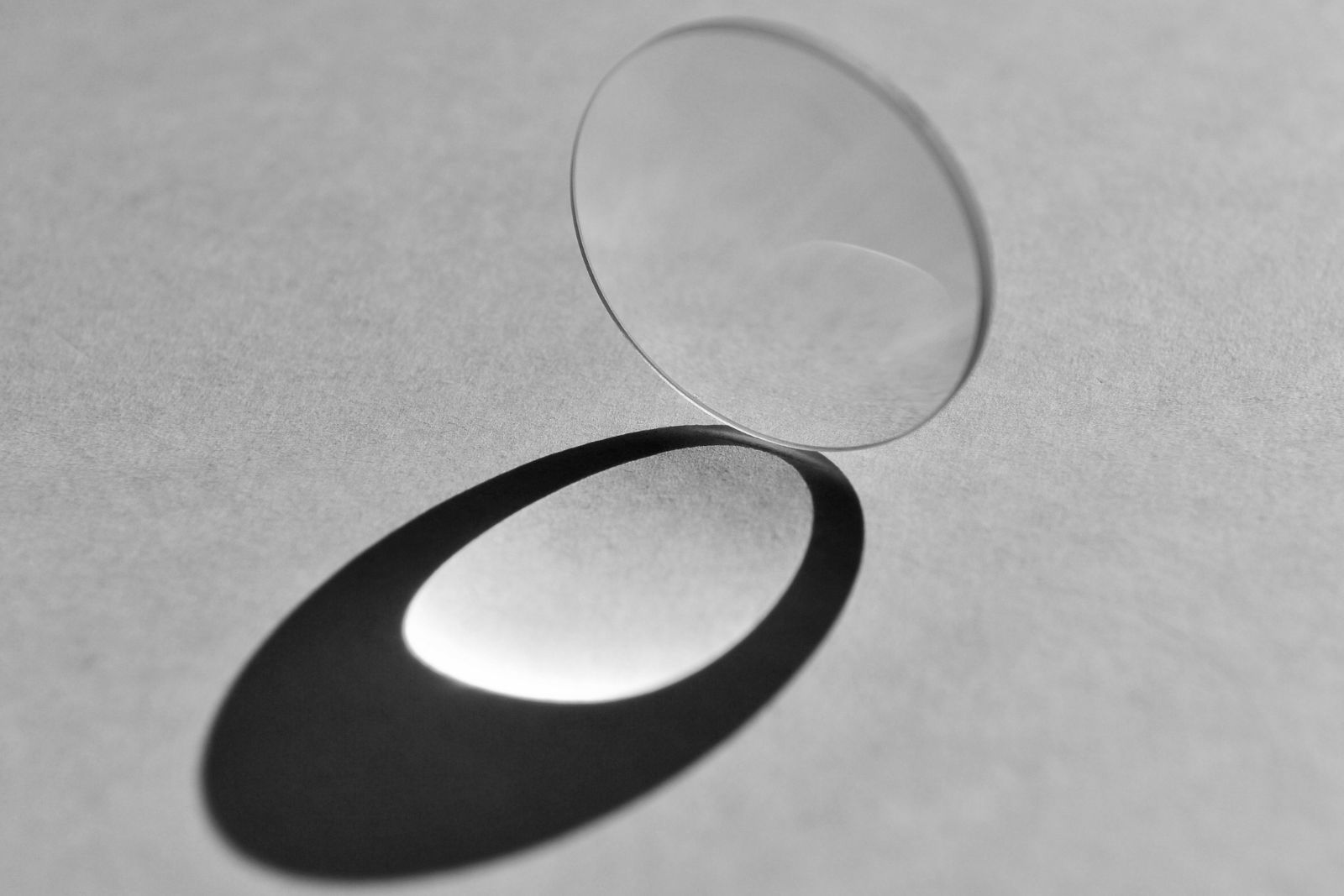

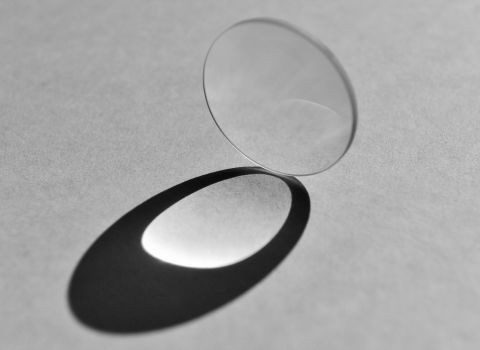



THE BEZEL: THE WATCH'S FRAME
The bezel is the ring surrounding the crystal. It can be fixed or rotating, and in some watches, it serves a functional purpose, such as tracking elapsed time in diving watches.
Fixed Bezel: Typically decorative, a fixed bezel frames the watch and can be made from various materials, including metal, ceramic, or even diamonds.
Rotating Bezel: A rotating bezel, found on dive watches, can track time underwater, adding both functionality and a rugged aesthetic.
THE STRAP OR BRACELET: THE WATCH'S CONNECTION TO YOU
The strap or bracelet is the part of the watch that secures it to your wrist. The choice of material and style can drastically alter the watch's look and feel.
Leather Straps: Classic and versatile, leather straps offer comfort and a timeless appearance. Depending on the type of leather and stitching, they can be dressy or casual.
Metal Bracelets: Made from stainless steel, titanium, or precious metals, metal bracelets are durable and add a robust, luxurious feel to the watch.
Rubber Straps: Often used in sports and dive watches, rubber straps are durable, water-resistant, and comfortable, making them ideal for active wear.

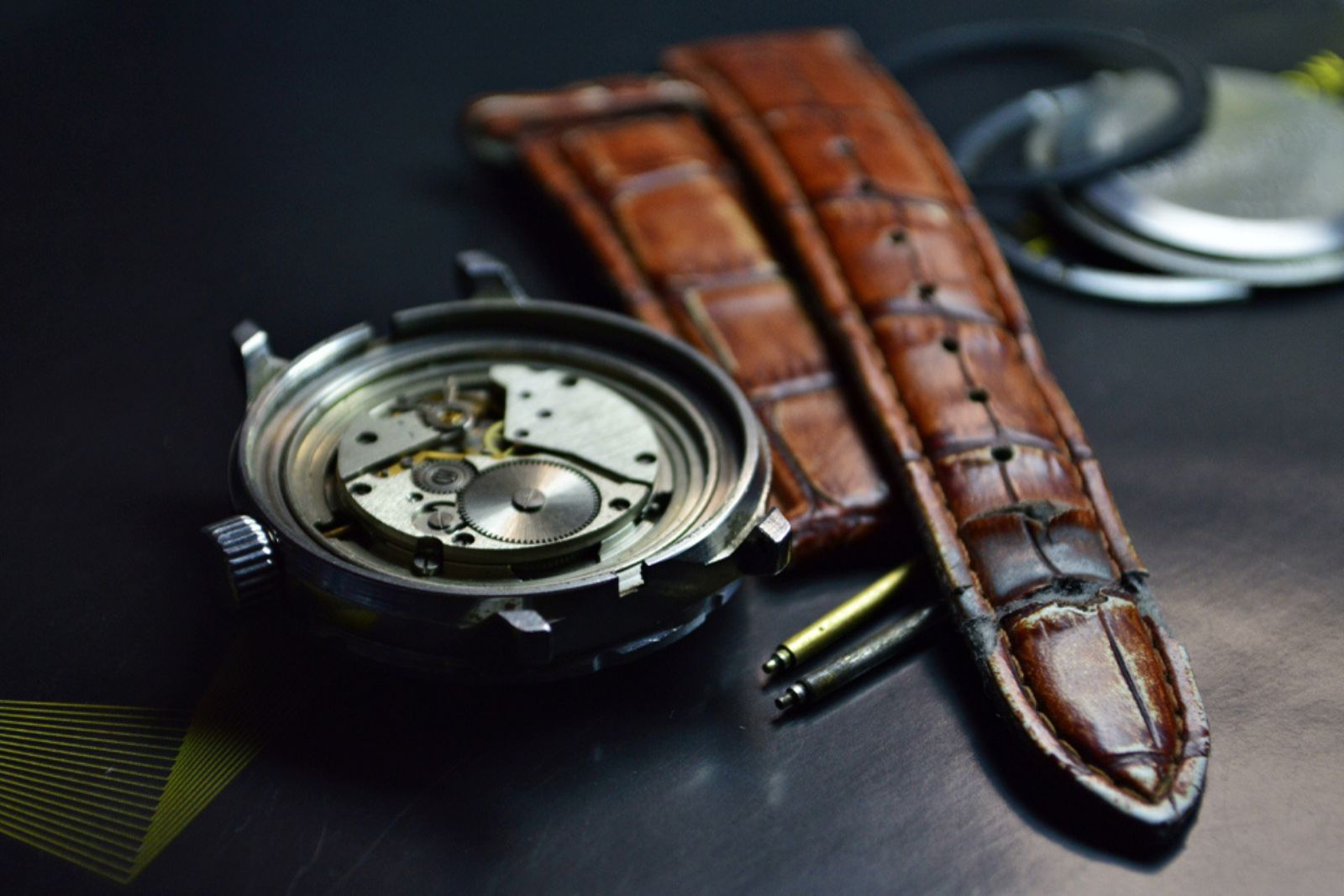

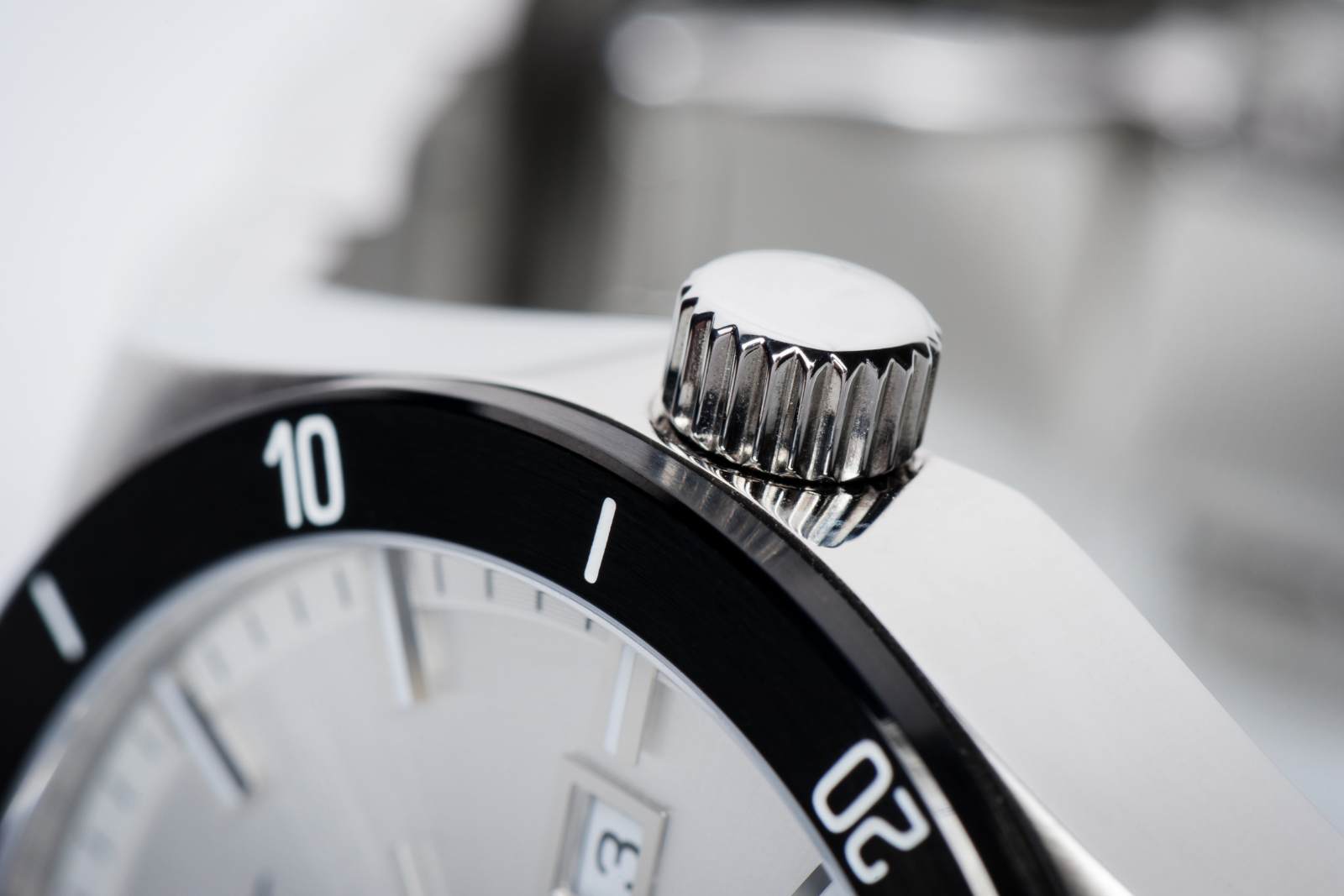


The Crown: The Watch's Control CentrE
The crown is the small knob on the side of the watch case that is used to set the time, date, and, in mechanical watches, wind the movement. In some watches, the crown is also used to control additional functions, such as a chronograph or a GMT hand.
Screw-Down Crown: Found on dive watches, this crown screws into the case to create a watertight seal, enhancing the watch's water resistance.
Push/Pull Crown: Common in dress watches, this crown is easier to operate but doesn't offer the same level of water resistance as a screw-down crown.


Timeless Craftsmanship and Expert Service
At Humbertown Jewellers, we understand that a watch is more than just a timekeeper—each element plays a vital role in its function and allure. With over 40 years of experience, we are proud to offer the finest selection of Swiss timepieces, backed by our commitment to exceptional service. Our on-site skilled watchmakers are here to ensure your investment remains a true masterpiece, offering expert timepiece services, including maintenance and repair, to keep your watch in perfect condition.
THE GASKET: THE WATCH'S SEAL
Gaskets are rubber or synthetic seals that sit between the case and other components, such as the crystal and the case back. They play a crucial role in maintaining the watch’s water resistance and protecting the internal movement from dust and moisture.
Case Gasket: Ensures that the case is tightly sealed, contributing to the watch's overall durability and water resistance.
Crystal Gasket: Positioned between the crystal and the case, this gasket helps prevent water and dust from entering the watch through the crystal.
Case Back Gasket: Seals the back of the case, protecting the movement from external elements.
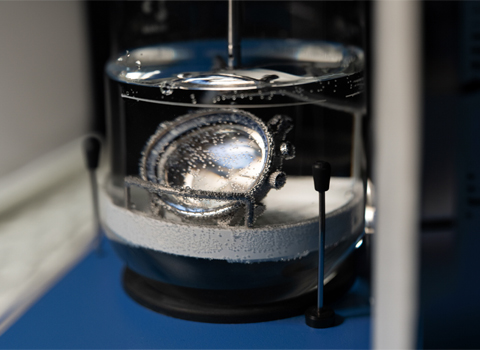

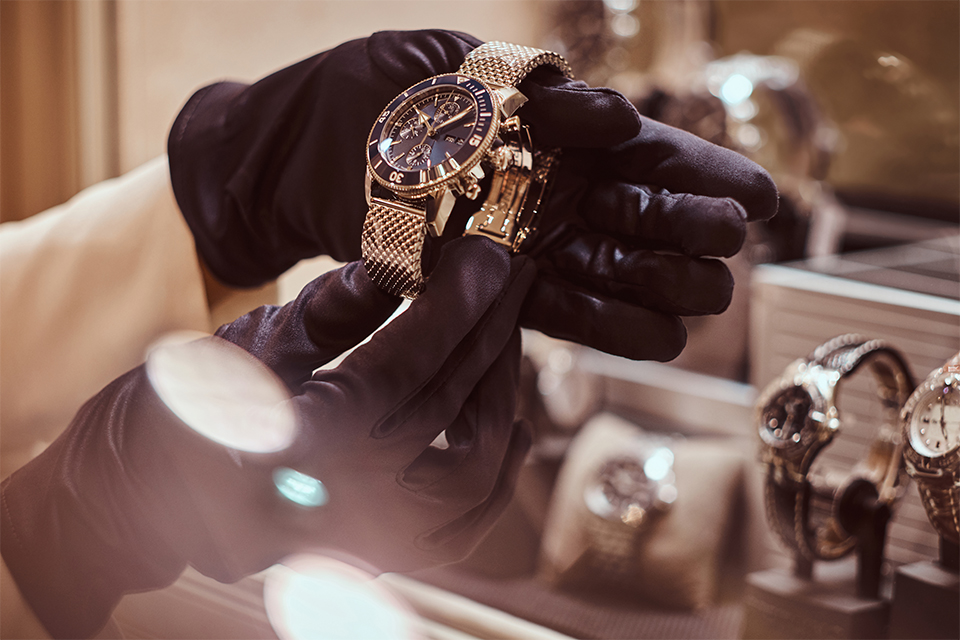

TIMELESS CRAFTSMANSHIP AND EXPERT SERVICE
At Humbertown Jewellers, we understand that a watch is more than just a timekeeper—each element plays a vital role in its function and allure. With over 40 years of experience, we are proud to offer the finest selection of Swiss timepieces, backed by our commitment to exceptional service. Our on-site skilled watchmakers are here to ensure your investment remains a true masterpiece, offering expert timepiece services, including maintenance and repair, to keep your watch in perfect condition.



